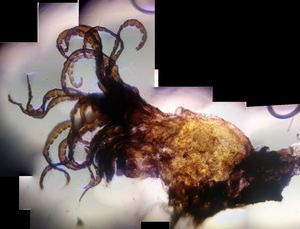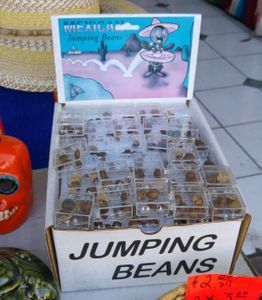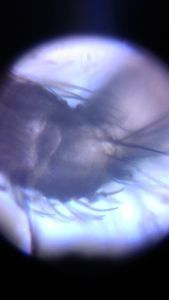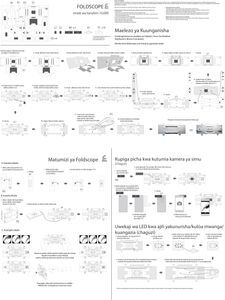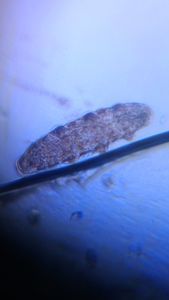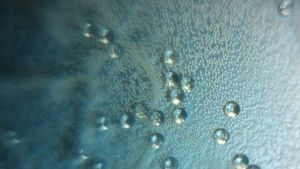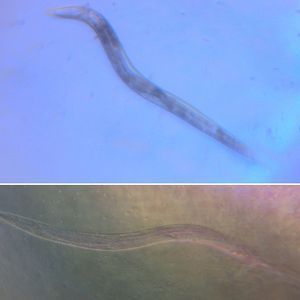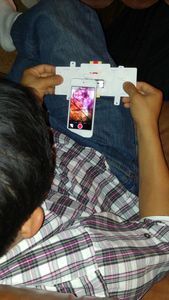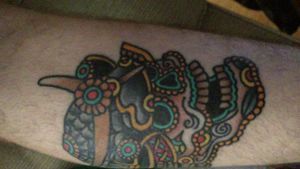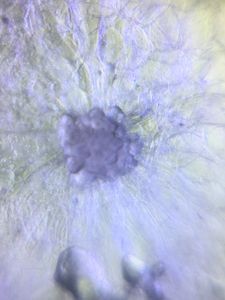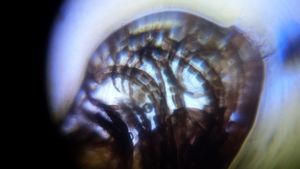Purple sand – Different ways to view color in your samples
 Mar 03, 2016 • 2:39 AM UTC
Mar 03, 2016 • 2:39 AM UTC Unknown Location
Unknown Location 140x Magnification
140x Magnification Unknown
Unknown
Tom Hata
Learn about the author...
17posts
18comments
3locations
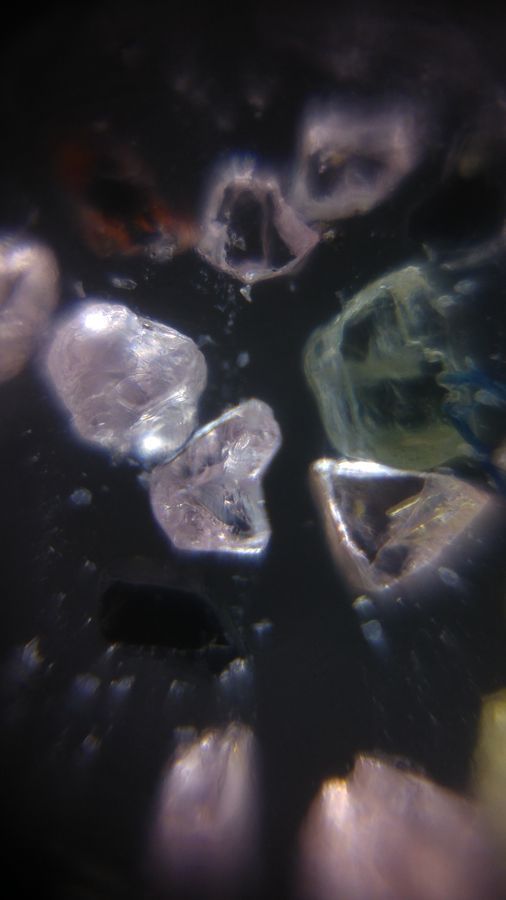
This is a sample I’ve been holding on to for more than half a year, because until today I haven’t been able to image it to my satisfaction. Julia Pfeiffer Beach in Big Sur, CA is known for its amazing coastal features, like the Keyhole Arch.
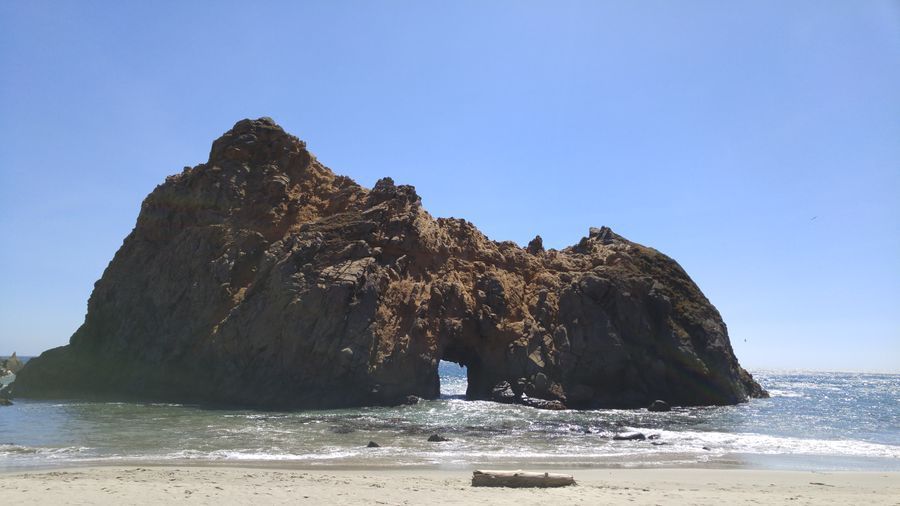
Unfortunately this particular feature doesn’t fit under a Foldscope. Another peculiar feature, much smaller in scale, is the abundant purple sand.

The purple sand grains on the beach look to be created by erosion of the adjacent hills.
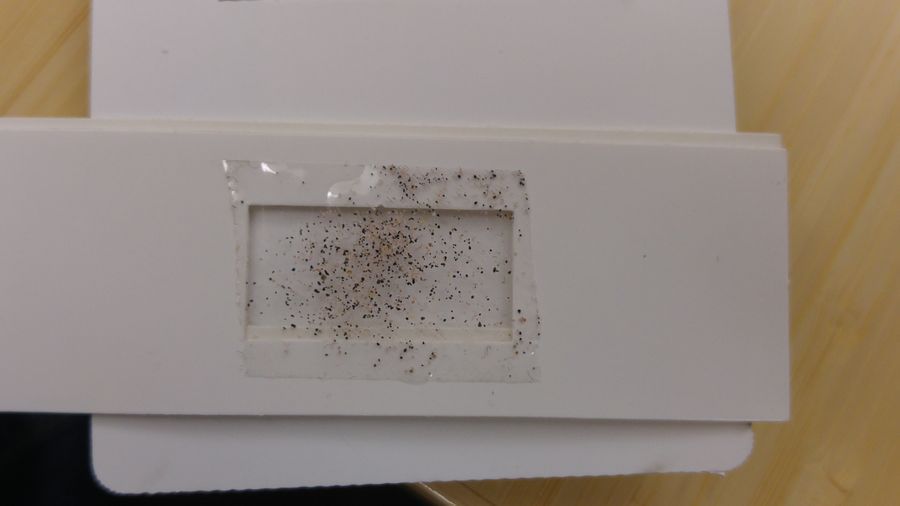
Excitedly, I loaded a sample of this sand on a paper slide…
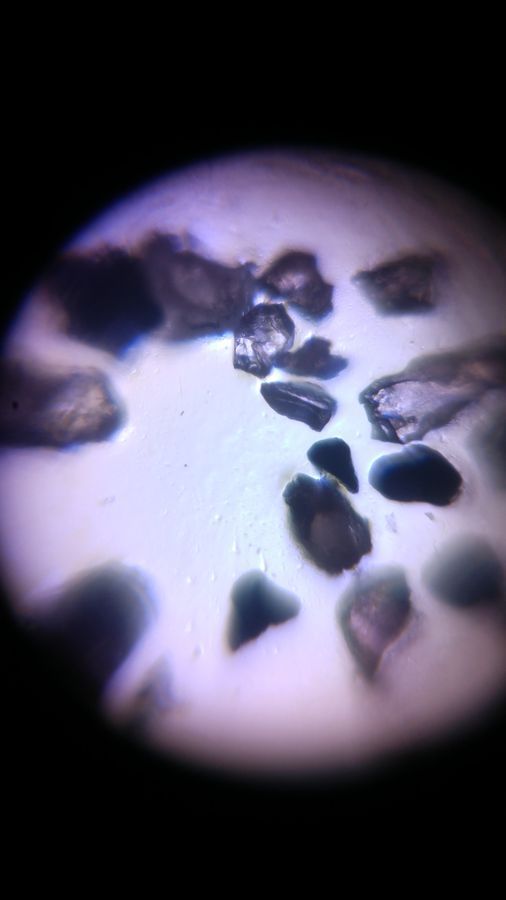
and I was somewhat disappointed by the results. In bright field, the colors of the purple sand grains were completely obscured. This is where my initial exploration of the sample halted.
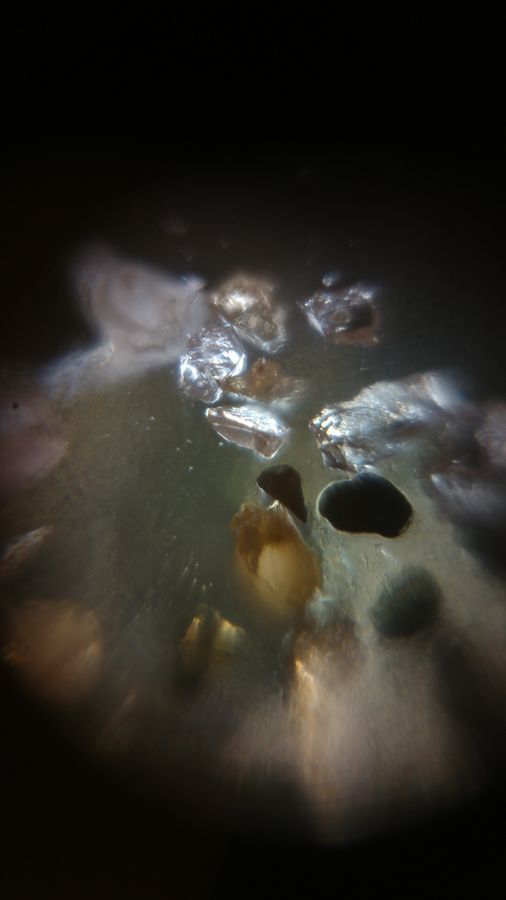
Many months later, I looked at the same sample under dark field (check out https://microcosmos.foldscope.com/?p=9060 for how to design a dark field aperture). The resultant image was indeed interesting, as you can begin determining the different colors of individual grains, but it still did not capture the deep purple I was seeing with my naked eye.
Inspired by Marie’s post using an LED for side illumination ( see https://microcosmos.foldscope.com/?p=13486), I once again looked at my sample today.
Inspired by Marie’s post using an LED for side illumination ( see https://microcosmos.foldscope.com/?p=13486), I once again looked at my sample today.

Finally! The rich purple hues of the sand were clearly visible under the Foldscope. In retrospect, of course reflection microscopy was the solution to view the sample. It was especially apparent when I ran across opaque grains that would have appeared as dark shadows under transmission. I have made it a habit to look at my samples under these various viewing modes, as each mode seems to bring out a previously-unseen detail!
DOI: 10.15200/winn.145764.45105 provided by The Winnower , a DIY scholarly publishing platform
DOI: 10.15200/winn.145764.45105 provided by The Winnower , a DIY scholarly publishing platform
Sign in to commentNobody has commented yet... Share your thoughts with the author and start the discussion!
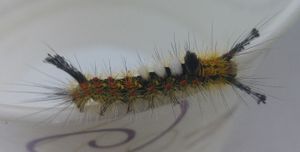
 0 Applause
0 Applause 0 Comments
0 Comments